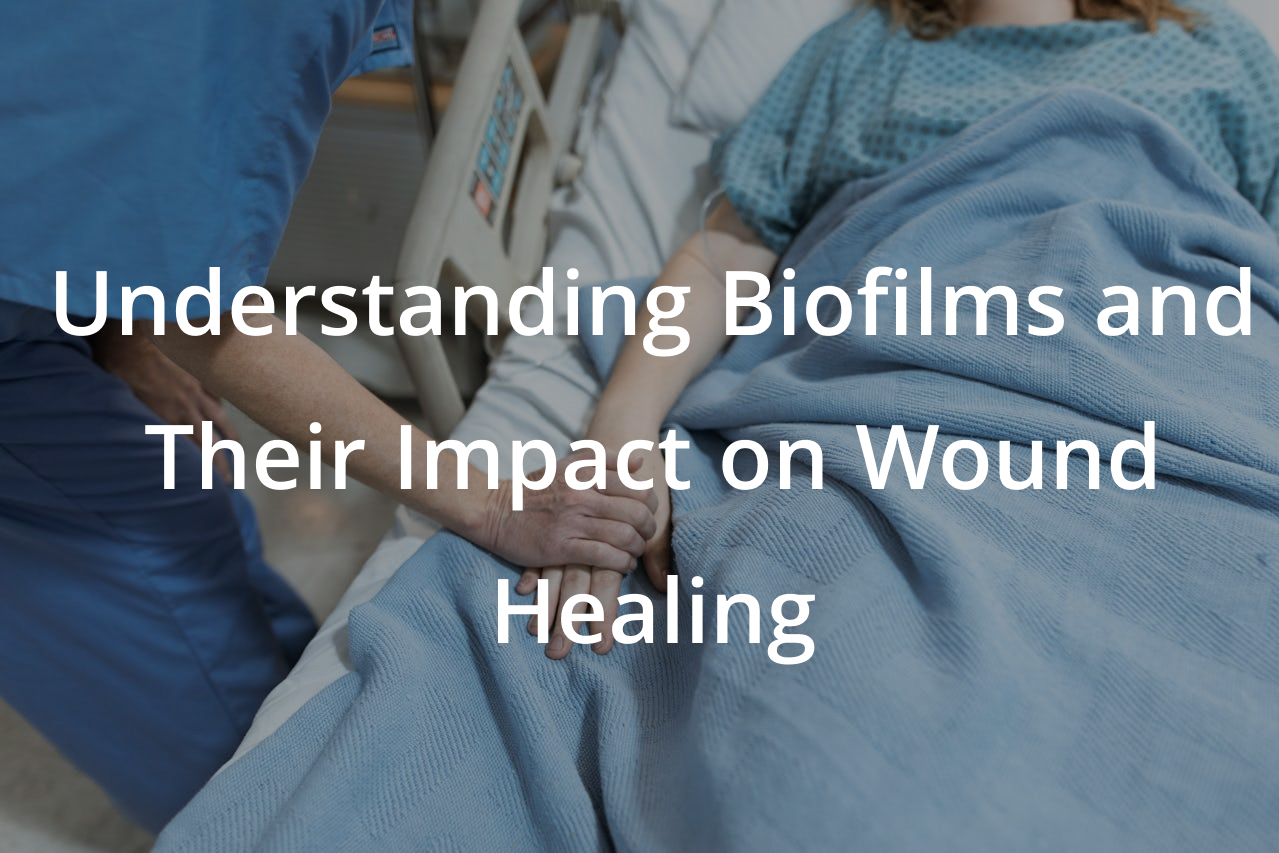Biofilms represent one of the most challenging obstacles in managing chronic wounds effectively. These complex structures, composed of communities of bacteria that adhere to each other and surfaces within the wound, can significantly impede healing and contribute to prolonged infection and resistance to treatment. At the Wound Institute, under the guidance of Dr. Som, we are dedicated to understanding the role of biofilms in chronic wound care and developing strategies to manage and treat these persistent infections effectively. This blog explores the concept of biofilms, their impact on wound healing, and the latest strategies for combating their resistance to ensure effective wound care.
What are Biofilms?
Biofilms are aggregates of microorganisms in which cells adhere to each other on a surface, typically embedded within a self-produced matrix of extracellular polymeric substances (EPS). This EPS matrix protects the bacteria from external threats, including antibiotics and the body’s immune system, making infections within biofilms particularly difficult to eradicate.
Impact of Biofilms on Wound Healing
- Infection and Resistance: Biofilms can develop on any wound surface but are especially common in chronic wounds. The bacteria within biofilms are up to 1,000 times more resistant to antibiotics than free-floating bacteria, leading to persistent infections that are hard to treat with standard therapies.
- Delayed Healing: The presence of biofilms in a wound can significantly delay healing processes by sustaining inflammation and preventing the restoration of normal tissue. This prolonged inflammatory phase can cause further tissue damage and impede wound healing.
- Increased Complications: Wounds with untreated biofilms may lead to increased complications, including deeper infections like osteomyelitis (bone infection) and sepsis, particularly in patients with compromised immune systems.
Strategies for Managing and Treating Biofilms
- Accurate Diagnosis: Effective management of biofilms starts with accurate diagnosis. Advanced imaging techniques and microbiological analyses are used to identify biofilms in chronic wounds. Recognizing the presence of a biofilm can help tailor treatment approaches more effectively.
- Mechanical Debridement: Physically removing biofilm through debridement is one of the most effective strategies. Debridement can disrupt the biofilm matrix and expose the underlying bacteria to more effective antimicrobial treatments.
- Topical Antimicrobials and Antibiotics: After debridement, topical antimicrobials can help reduce the biofilm and control infection. However, antibiotic use should be judicious to avoid contributing to antibiotic resistance.
- Antibiofilm Agents: Recent advancements in wound care include the development of antibiofilm agents that can break down the protective matrix of biofilms, enhancing the effectiveness of antibiotics and other antimicrobials.
- Advanced Dressings: Some modern wound dressings are designed to combat biofilms. These may include dressings coated with antimicrobial agents specifically effective against biofilm-forming bacteria.
- Hyperbaric Oxygen Therapy (HBOT): HBOT can be a complementary therapy for managing biofilms in chronic wounds. By increasing oxygen concentration in the bloodstream and thus in the wound, HBOT can help inhibit anaerobic bacteria and enhance the effectiveness of other treatments.
Implementing Effective Wound Care Strategies
- Personalized Treatment Plans: At the Wound Institute, Dr. Som emphasizes personalized treatment plans based on the specific characteristics of the wound and the patient’s overall health condition. Understanding the presence and behavior of biofilms helps tailor these plans more effectively.
- Patient Education: Educating patients about the importance of biofilm management and the steps they can take to aid in treatment, such as maintaining good hygiene and adhering to treatment protocols, is crucial for successful outcomes.
- Ongoing Research and Development: Staying abreast of the latest research and technological advancements in biofilm management is a priority. This ensures that patients receive the most effective and up-to-date treatments available.
Conclusion
Biofilms are a significant barrier to effective wound healing, presenting complex challenges in treating chronic wounds. By understanding the nature of biofilms and implementing targeted strategies to manage and treat them, healthcare providers at the Wound Institute, under Dr. Som’s leadership, can improve healing outcomes for patients with chronic wounds. With ongoing advancements in medical technology and treatment methods, we continue to enhance our ability to manage biofilms, reducing complications and promoting faster healing effectively.
If you or a loved one is dealing with a chronic wound, consider consulting with a specialist who understands the complexities of biofilms and can provide comprehensive care tailored to your needs.





